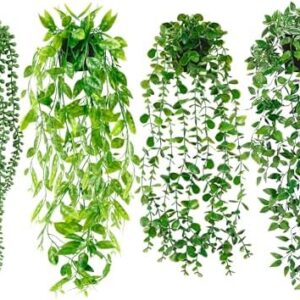Ah, the crisp air, the falling leaves, and the bountiful harvest – it must be fall! As the days grow shorter and the temperatures start to drop, it’s time to start thinking about what to plant in your autumn garden for a plentiful harvest. With a little planning and preparation, you can enjoy a cornucopia of fresh, delicious produce straight from your own backyard.
First things first, consider the climate and growing conditions in your area. Some vegetables thrive in cooler temperatures, while others prefer the warmth of summer. Take a look at your local planting zone and do some research on which crops are best suited for a fall harvest. In general, leafy greens like spinach, kale, and lettuce, as well as root vegetables like carrots, beets, and radishes, do well in the fall.
Once you have a good idea of what will grow well in your area during the fall season, it’s time to start planning your garden layout. Think about how much space you have available and how much of each crop you want to plant. Remember to leave plenty of room between rows to allow for proper air circulation and easy access for harvesting.
When it comes to planting, timing is key. Most fall crops should be planted in late summer to early fall, depending on your location. Be sure to check the seed packets for specific planting instructions, including the optimal planting dates for each crop. Some vegetables, like broccoli, cauliflower, and Brussels sprouts, can be started indoors in late summer and transplanted into the garden once the weather cools.
In addition to deciding what to plant, it’s important to think about how to care for your fall garden. Watering is crucial, especially in the warmer months of early fall when the temperatures can still be quite high. Be sure to water your plants regularly, but be mindful not to over-water, as this can lead to root rot and other problems.
Fertilizing is also important for a successful harvest. Consider using a balanced fertilizer or organic compost to provide your plants with the nutrients they need to grow strong and healthy. You may also want to mulch around your plants to help retain moisture and keep weeds at bay.
Pest control is another factor to consider when planning your fall garden. Some pests, like aphids and cabbage worms, are more active in the fall and can wreak havoc on your crops if left unchecked. Consider using natural methods of pest control, such as neem oil or introducing beneficial insects like ladybugs to help keep pests under control.
As your fall garden begins to mature, be sure to keep an eye on your crops and harvest them at the peak of ripeness. Leafy greens should be picked when they are young and tender, while root vegetables can be left in the ground a bit longer to develop their full flavor. Be sure to harvest regularly to encourage continued growth and production.
And don’t forget to enjoy the fruits of your labor! There’s nothing quite like the satisfaction of harvesting your own fresh produce and enjoying it at the dinner table. Whether you’re cooking up a hearty soup with freshly picked vegetables or tossing a salad with crisp, flavorful greens, there’s no shortage of delicious dishes to be made with your fall harvest.
So as the autumn leaves begin to fall and the temperatures start to drop, don’t forget to plan ahead for a bountiful fall harvest. With a little research, preparation, and care, you can enjoy a plentiful garden full of delicious, homegrown produce to enjoy throughout the season. Happy planting!






